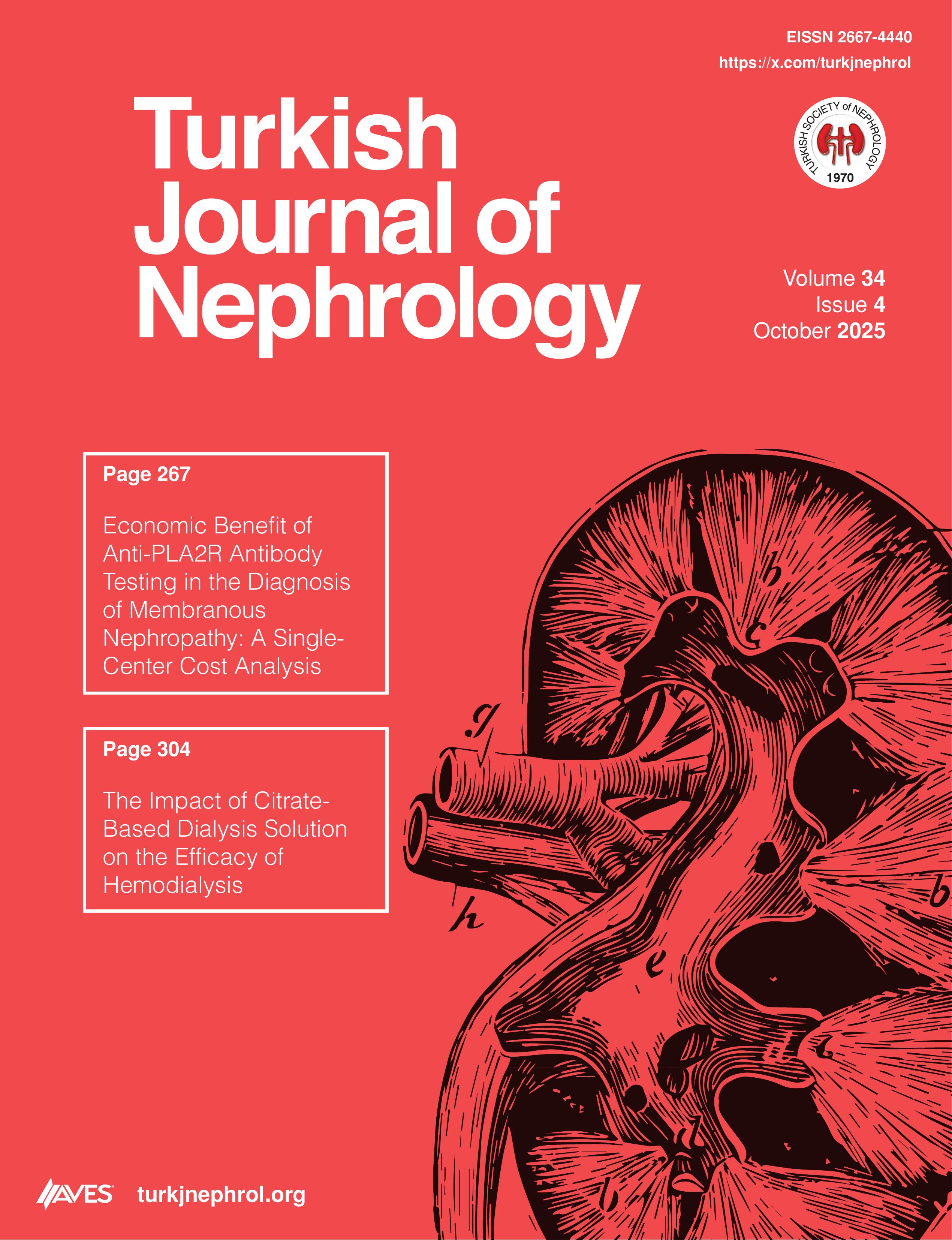Dialysis disequilibrium syndrome (DDS) encompasses a range of neurological symptoms that can occur during and after dialysis. Symptoms may range from mild manifestations, such as headaches, nausea, and visual disturbances, to more severe central nervous system symptoms, including restlessness and disorientation, with infrequent coma and seizures. Prevention is preferable to prevent DDS occurrence compared with DDS treatment. Slow dialysis, frequent short hemodialysis (HD) sessions, and elevated concentrations of salt and glucose in the dialysate are strategies used to avert DDS; nonetheless, the chance of DDS occurrence is high despite these maneuvers. At times, these interventions may be ineffective, necessitating the cessation of HD and the implementation of supporting measures. The following day, an additional HD session may be performed using slow ultrafiltration and a reduced urea clearance rate. Other etiologies of DDS, such as symptoms and signs, must be ruled out in individuals who have not shown improvement. The prognosis is generally unfavorable; nevertheless, some individuals experience improvement and recovery.
Cite this article as: Habas E, Habas A, Farfar K, Habas E, Rayani A. Disequilibrium syndrome in hemodialysis patients; narrative review. Turk J Nephrol. 2025;34(2):79-85.

.png)


.png)

.png)